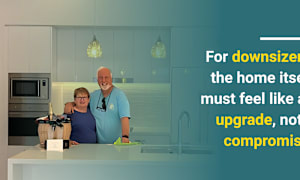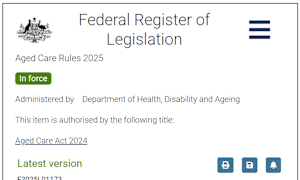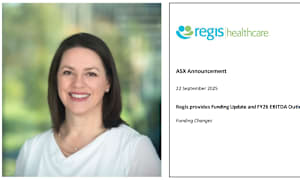Both small and large providers are set to declare losses this year – but there is hope on the horizon, according to the advisory firm’s latest ‘Aged Care Industry Update – The Financial Fallout’.
The webinar – hosted in partnership last Tuesday, 12 August, with the Chartered Accountants Australia and New Zealand (CA ANZ) in a webinar – saw seven panelists:
- Cam Ansell, Ansell’s Managing Director (pictured above right);
- Amber Cartwright, Ansell’s Director (pictured above left);
- Amanda Macnamara, the Director of Corporate Services at Maurice Zeffert Home (Inc), a stand-alone Jewish aged care home and retirement village in Dianella in WA;
- Megan Millman, the Chief Financial Officer at Bolton Clarke;
- Chris Martin, a Partner at KordaMentha;
- Stuart Hutcheon, a Managing Partner at StewartBrown; and
- Mark McLean, the Head of Asia Pacific at global asset manager Morgan Stanley Infrastructure;
look at the current financial fallout in the sector and possible pathways forward.
Both Amanda and Megan detailed how the pandemic has seen their respective organisations take a heavy hit.
Lower occupancy and re-evaluations hit hard
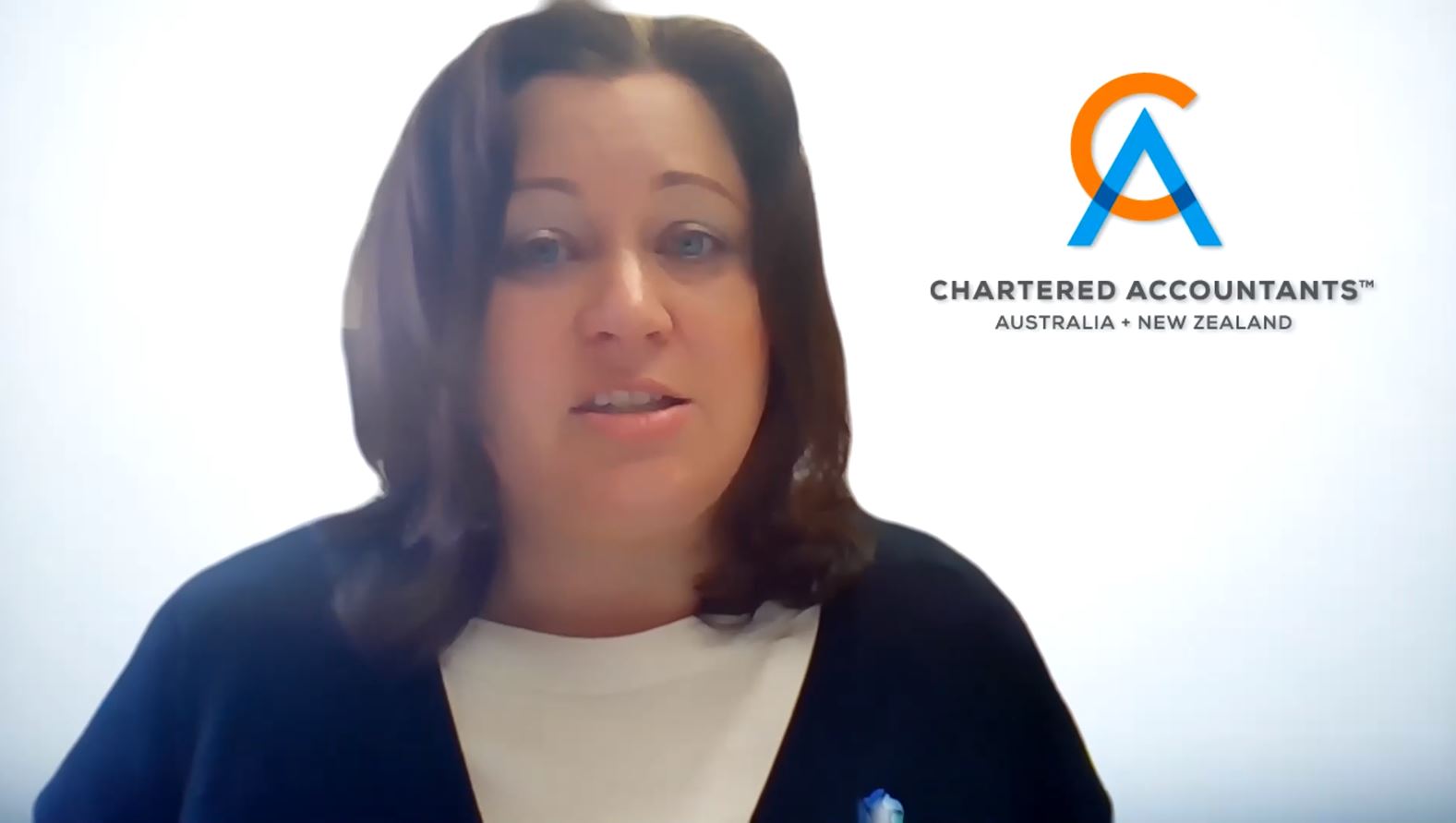
Amanda says Maurice Zeffert has historically produced a small surplus which was reinvested back into their mission, but will experience their first loss in the 2020 financial year thanks to lower occupancy levels. They also experienced a re-evaluation of their assets and a lower return on their managed investments.
Their occupancy levels dropped 7% between March and May as elective surgeries were cancelled and their hospital admissions were cut off.
“The revenue loss over that period was quite significant for us,” she said.
The provider also elected to re-deploy staff rather than cut shifts which added to the financial pain.
Shifting into respite – but village occupancy up
To compensate for the losses, Maurice Zeffert has had to shift their business model, for example, providing respite services.
Surprisingly, they did see an increase in the occupancy of their retirement village as people looked to have access to support during the lockdown restrictions. They chose to accept rentals to boost these numbers.
Clients are also renegotiating their RADs as the housing market falls because they can’t sell their homes at the previously expected price.
Bolton Clarke: 30% drop in home care and 4% fall in village occupancy

Despite the difference in size – Bolton Clarke has 130,000 home care clients around Australia, plus 24 aged care homes and 25 retirement villages – Megan said their experience was similar, with a 30% drop in their home care business in QLD, NSW and Victoria.
They also experienced a 4% drop in their retirement village occupancy which they attribute to people not being able to tour villages and will see a significant rewrite down in the valuation of their villages.
With many workers working across multiple facilities and job, Bolton Clarke also had to encourage staff to stay at a single site – resulting in a 30% increase in their workforce across all their aged care homes over a five-week period.
Freeze on admissions saw 2% fall in occupancy – RADs not returning
The biggest financial hit however came from a six-week freeze on new admissions as they tried to free up beds to create isolation wings in the event of an outbreak which led to a 2% drop in occupancy and a significant reduction in RADs – which have not gone back up again.
“We also will be recognising a loss this year but managing those operational cash flows – and how it impacts RADs – has got to be a significant focus for us over the next few months,” Megan said.
Cash is king
So, what can providers do in these circumstances?
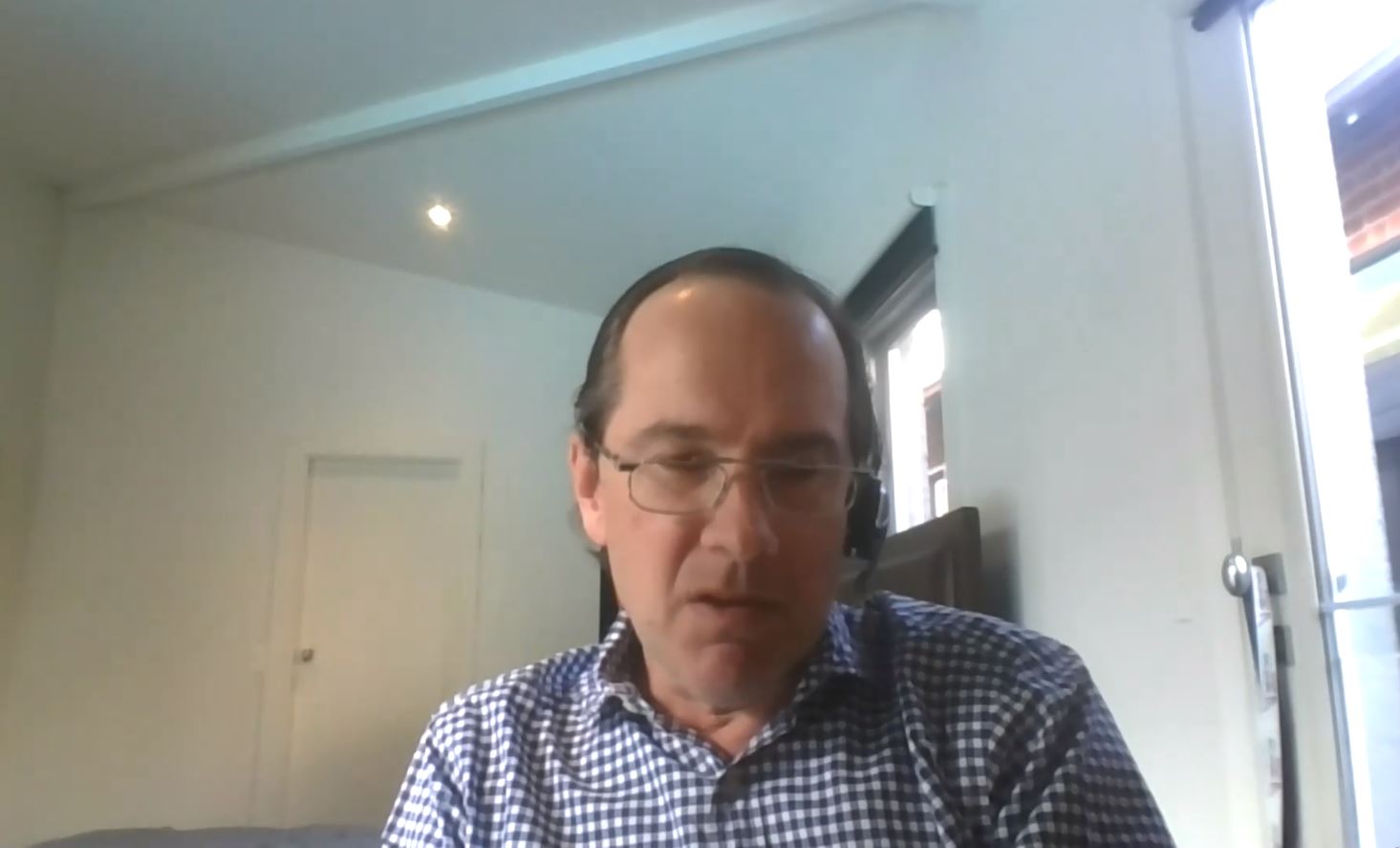
Chris said providers need to plan now. This includes directors understanding their legal obligations – particularly around the risk of insolvency and the expiry of concessions on personal liability for directors in September – as well as legal and commercial options.
“The reality is, in this sort of environment cash is king,” he told the audience.
He advised providers do a detailed 13-week cash flow analysis to cover their organisation’s payroll cycles.
Consolidation on the cards
Chris also encouraged providers to develop some options – including consolidation of their sites.
In addition, he recommended providers talk to their banks – if they haven’t already – and look at the Safe Harbour provisions if they are trading insolvent or about to become insolvent.
“It could then [consider] as an organisation completing a consensual restructure or merger,” he said. “We’re starting to see those come through and I guess getting to the more problematic areas of the outcome for organisations, if the situation is completely financially, operationally untenable, and or if the organisation wishes to restructure, the directors can look to enter into a voluntary administration.”
StewartBrown: look at bed licenses
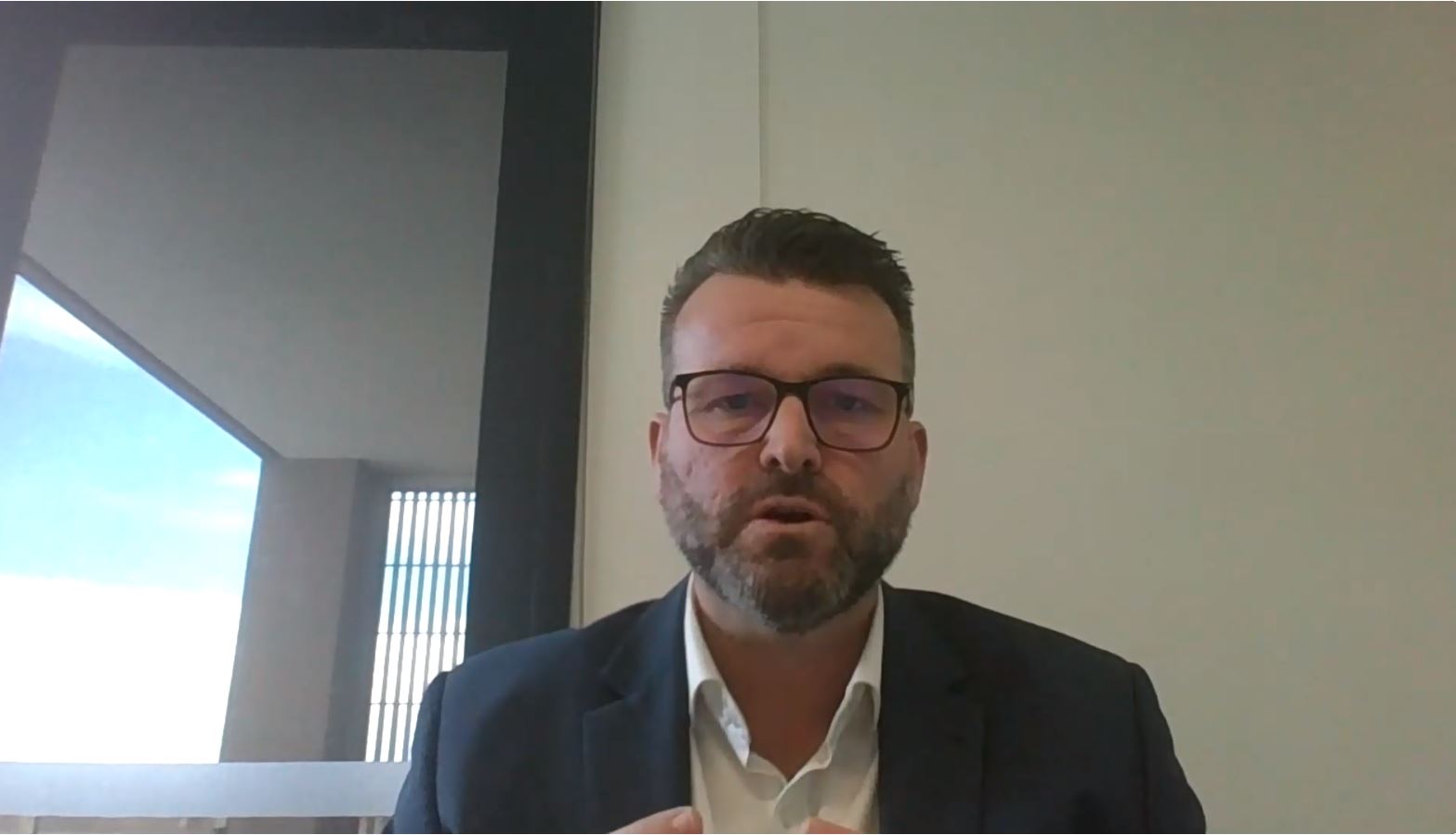
Stuart also urged providers to do a cash flow forecast for the next 12 months because, he cautioned, that directors, management and auditors will be signing off reports between now and October to say that their organisation can meet their debts for the next four months.
“Goodwill and bed licenses has been a serious concern for a number of years,” he stated. “So, if you’re still carrying bed licenses on your books, they need to be looked at very closely.”
Test for impairment on buildings
Stuart also recommended testing for impairment on buildings and setting aside cash for refurbishments.
“That should be in a strategic plan as well and financially challenge your plan … before we need to do.”
Home care and retirement living providers should also look at the financial liability of unspent funds from packages and the value of their villages, he added.
Morgan Stanley: aged care still attractive to investors – in the long-term
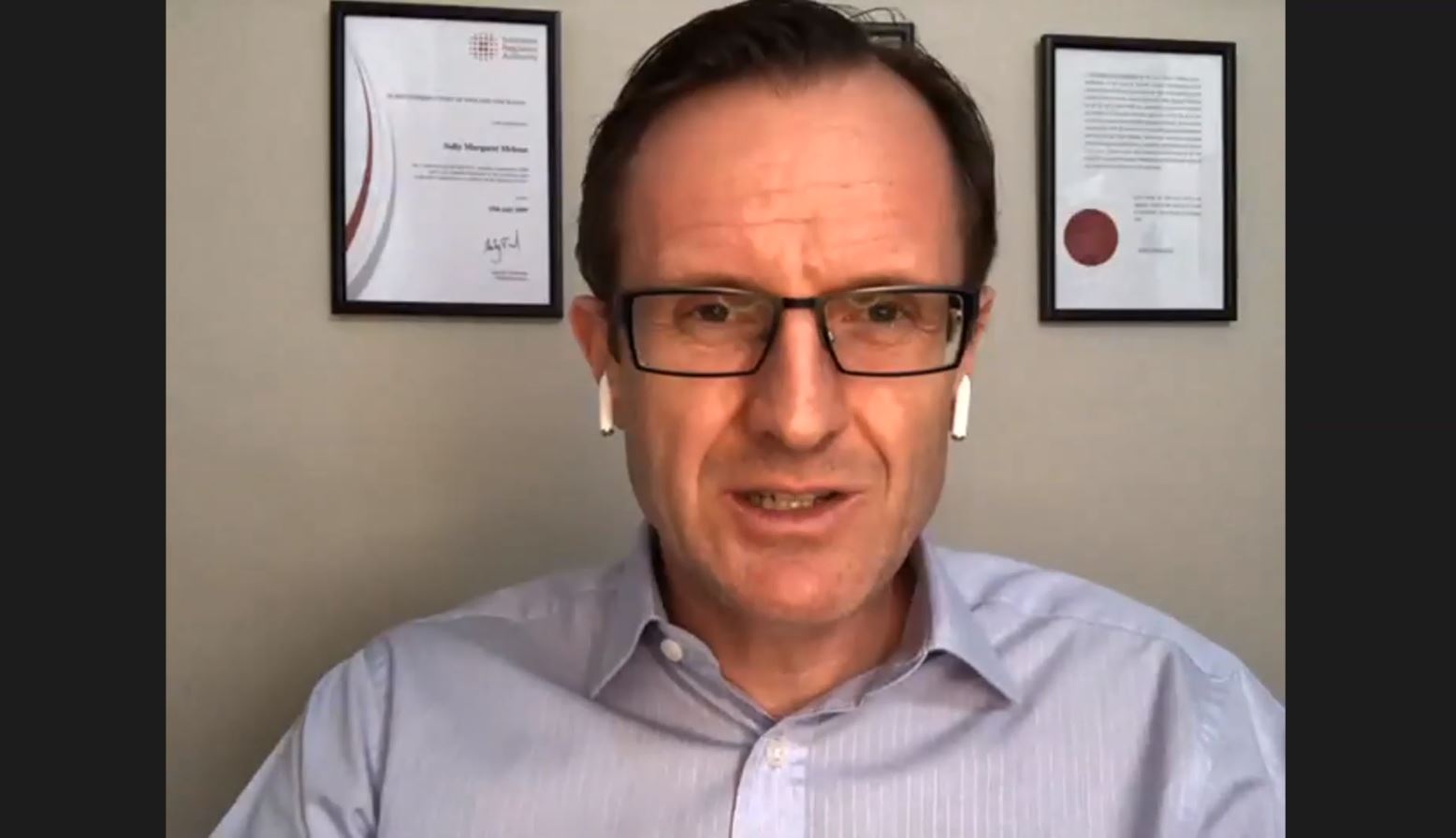
Despite the current risk to the sector’s viability and sustainability, Mark – whose organisation has one-and-a-half trillion dollars under management in Australia – said the sector still holds appeal for investors in the long-term.
“It’s an essential service,” he said. “It’s a service where there is a lot of tailwinds for long term growth.”
He argued that ultimately there will need to be a regulatory response to the issues facing the sector because the Government can’t afford for the system to be compromised which will clear the way for investors.
Investors prefer larger organisations
However, Mark said larger businesses are more likely to attract investment and further consolidation is needed for bigger plays to inject funds into the space.
Stuart agreed that more consolidation is on the cards.
“There are there are a great number of smaller providers all around Australia who are doing well and can be viable, but it’s becoming harder and harder – the funding is just not there,” he said.
RADs the real risk for investment
Mark concluded they have no issues investing in a sector that is primarily Government-funded, but pinpointed RADs as the key issue facing ongoing investment in the sector.
“If it ever goes into reverse, that’s an enormous amount of money,” he pointed out.
Cam agreed, repeating their recent finding that around $1 billion in RADs will be leaving the sector as a result of the recent occupancy falls.
“I suspect that the cash impact of the first lockdown is going to be impacting us in September,” he said.
He forecast the impact of the current restrictions in Victoria will have a much longer impact, and be a trigger for change.
Department of Health now looking at RAD outflows
Stuart added that the Department of Health has recently commissioned StewartBrown to investigate RAD outflows and the associated risks.
A sign that the Government is aware of the danger – and could take action to stem the flow of cash?
You can still register to watch the replay here.


